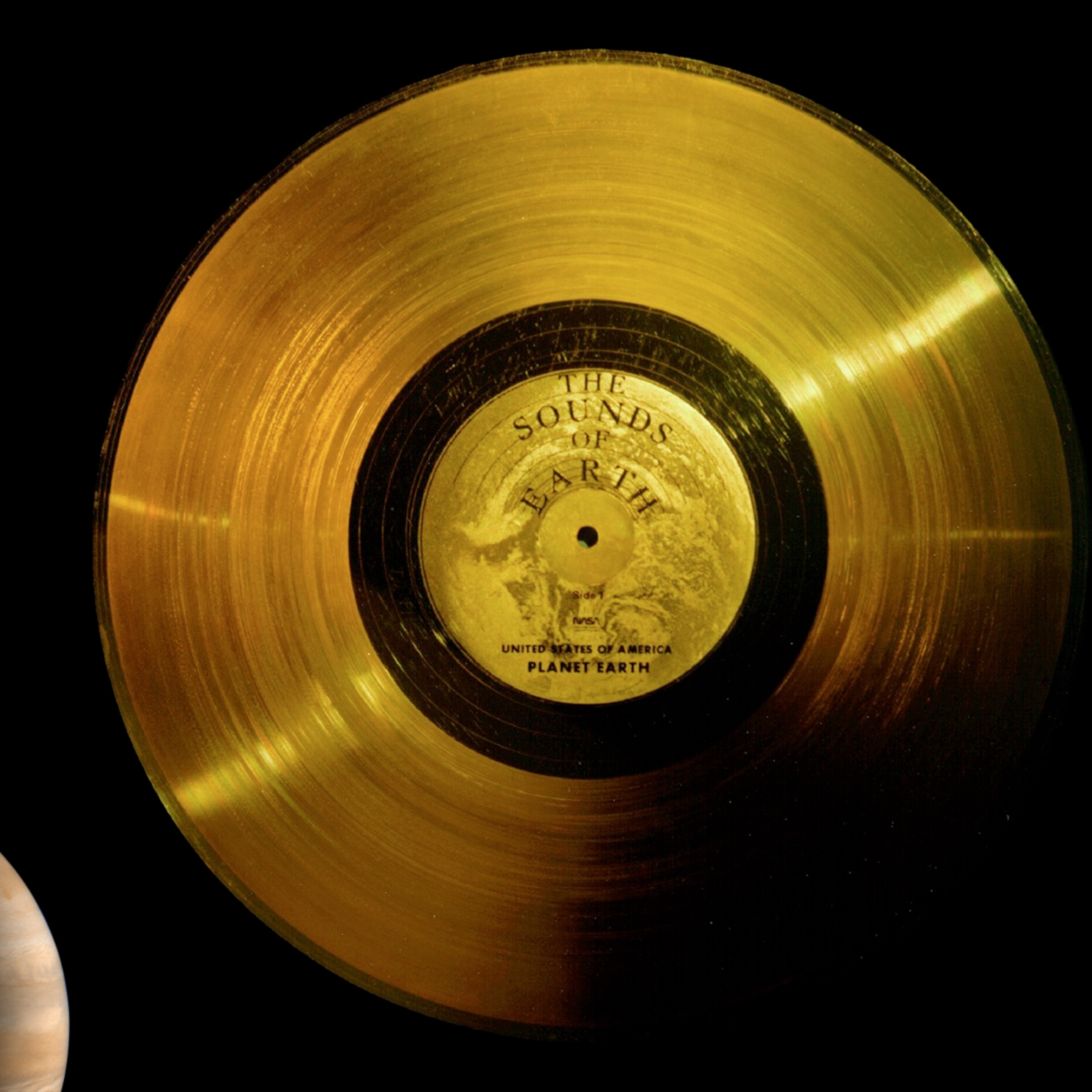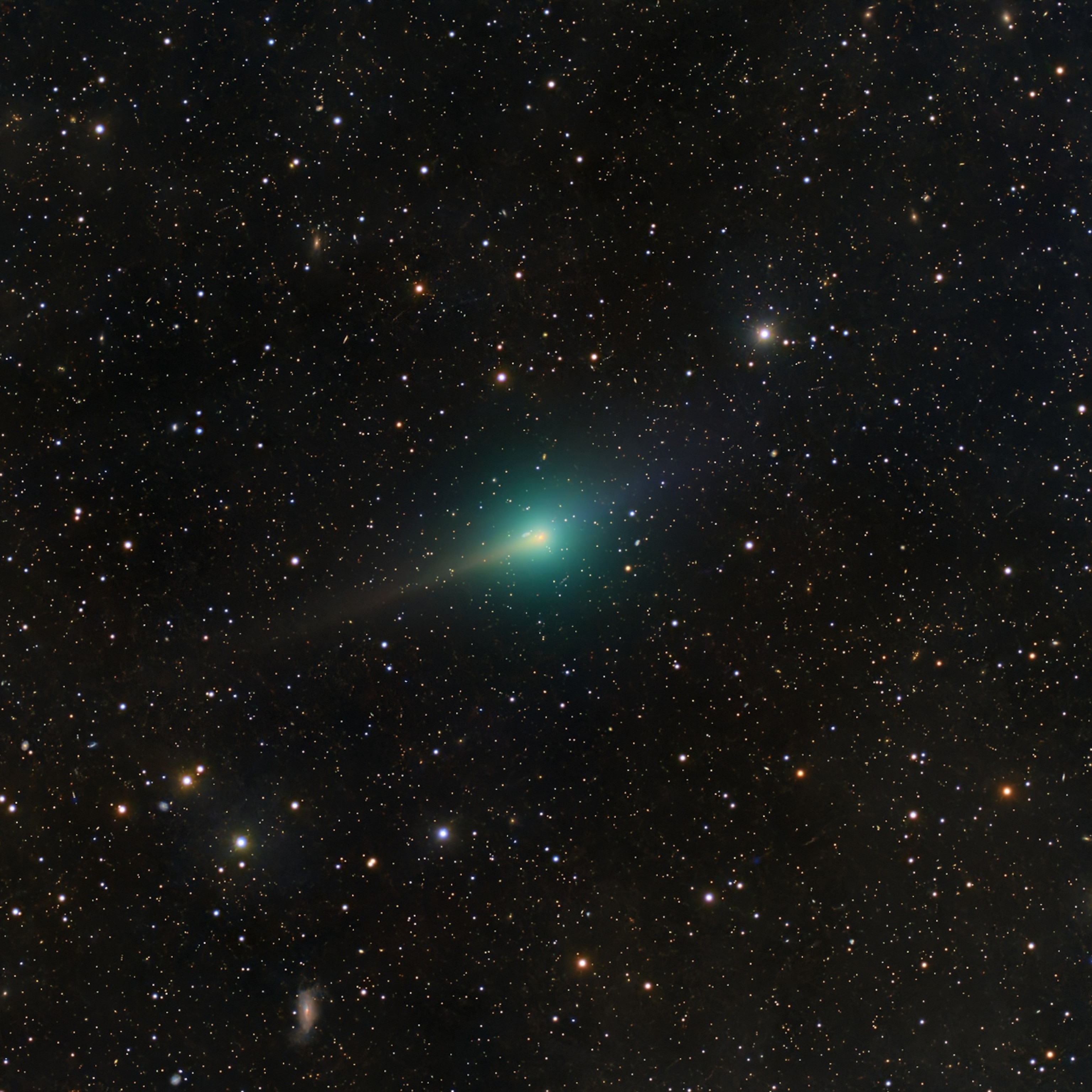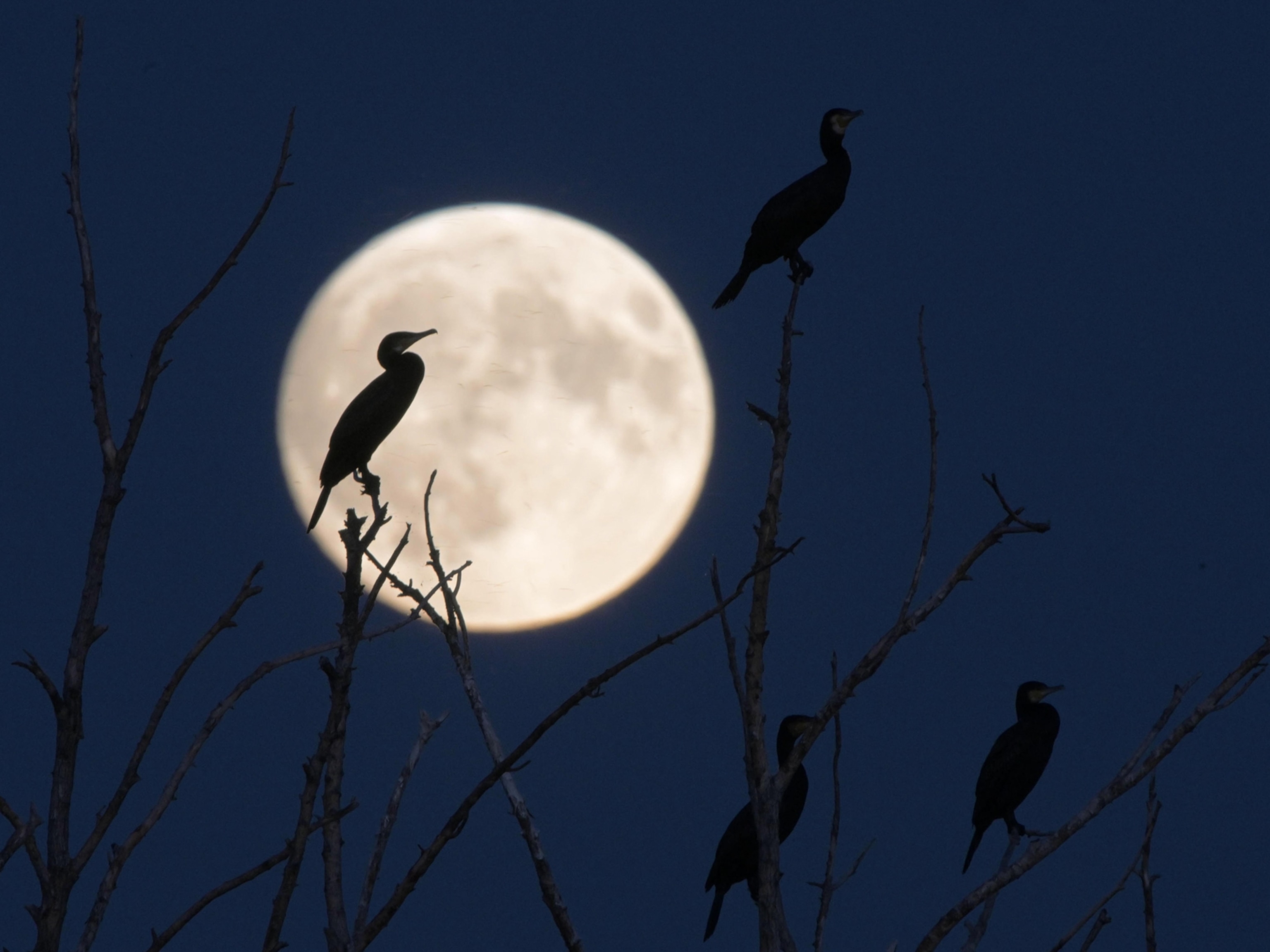
Alien "Earths" Less Common Than Expected, Study Says
At two billion per galaxy, Earthlike worlds are "relatively scarce."
Our Milky Way galaxy may be home to at least two billion Earthlike planets, a new study says.
But don't start making colonization plans just yet: The number is actually far lower than many scientists were expecting, which could make it hard to find other "Earths" in our galaxy, the study authors say.
The new estimate is the first of its kind based on data from NASA's Kepler space telescope, which was designed to search for planets that transit—or cross in front of—their stars, as seen from Earth.
Based on what Kepler's seen so far, the study authors think that up to 2.7 percent of all sunlike stars in the Milky Way host so-called Earth analogs.
"There are about a hundred billion sunlike stars within the Milky Way," said study co-author Joe Catanzarite, a scientist with NASA's Jet Propulsion Laboratory (JPL) in Pasadena, California.
"Two percent of those might have Earth analogs, so you have two billion Earth analog planets in the galaxy," Catanzarite said.
"Then you start thinking about other galaxies. There are something like 50 billion [in the known universe], and if each one has two billion Earthlike planets, it's mind boggling."
Although the figure seems large, Catanzarite and co-author Michael Shao, also of JPL, say their results actually show that Earths are "relatively scarce."
If true, that would mean "a substantial effort will be needed to identify suitable target stars" for followup missions designed to study the chemical signatures of Earth-size worlds, the authors write. Such signals could hold clues to whether the planets have oxygen atmospheres, liquid water—or even signs of life.
(Related: "Potentially Habitable Planets Are Common, Study Says.")
How to Define Habitable Earths
Since 2009, the Kepler telescope has been staring at a patch of sky near the constellation Cygnus, drinking in the light from the 156,000 stars in its field of view. The craft's instruments note whether any of these stars dim periodically—signs that significant objects are orbiting these stars.
As of February 2011, Kepler has confirmed 15 new planets and found an additional 1,235 planet candidates, including the smallest planet yet spied outside our solar system.
Ultimately, the Cygnus region can be considered a representative sample of what exists throughout the Milky Way.
(Related: "Six New Planets: Mini-Neptunes Found Around Sunlike Star.")
To extrapolate the number of possible Earths, Catanzarite and Shao started by defining an Earth analog based on two pieces of information available from Kepler: a transiting planet's size and the distance at which the planet orbits its star.
"A famous 1993 paper calculated the inner and outer distance of the so-called Goldilocks zone"—not too hot, not too cold—"where liquid water could exist on a planet's surface," Catanzarite said. (Related: "Land on 'Goldilocks' Planet for Sale on eBay.")
"But more recently people have been saying those boundaries are conservative. Maybe you could go closer or farther. For instance, because of greenhouse gases a planet could be farther away and still be warm, or because of clouds, which the previous models didn't take into account, you could be closer but keep the surface cool."
In general, though, an orbit similar to Earth's seems ideal: "Closer than Earth and you'll fry—water would turn to stream. If you're too far, water would freeze into ice."
Next the authors considered a planet's size as compared to Earth's radius, the distance between the planet's center and its surface.
"People generally agreed that the smallest habitable planet would be 0.8 Earth radii ... or roughly half of Earth's mass. The reason is that a lower mass planet wouldn't be able to hold on to an oxygen atmosphere," Catanzarite said.
"Out to two Earth radii is the largest planet we'd call Earthlike. More massive planets start to accumulate thick hydrogen atmospheres, like Neptune or Uranus," with unbearable atmospheric pressures.
(Read "Searching for New Earths" in National Geographic magazine.)
Using mathematical models, Catanzarite and Shao plotted the Kepler planets and planet candidates based on size and what's called the semimajor axis, which is "for all practical purposes the distance at which a planet orbits its star," Catanzarite said. A planet's semimajor axis reveals whether the body is in the Goldilocks zone.
The models also took into account the fact that Kepler detects only the planets that are aligned in such a way so that we see them transiting.
Other planets may exist that we can't see because of their orbital inclination, so the team used previous exoplanet data to make mathematical estimates for the probabilities of these unseen worlds.
The results—published online this month on arXiv.org and submitted to the Astrophysical Journal—showed that, according to the traditional boundaries of the Goldilocks zone, 1.4 percent of sunlike stars should have Earth analogs. If you accept the wider, more modern version of the habitable zone, 2.7 percent of sunlike stars likely host Earths.
Based on this figure, the study authors predict that Kepler will eventually find 12 Earth analog planets in its field of view—and may have already found 4 such worlds among its initial candidates.
Alien Earth "Census" Incomplete?
Meanwhile, other planet hunters say it's still too early to tell just how many Earths are out there.
"This study completely underestimates the frequency of Earths," according to MIT planetary scientist Sara Seager, a member of the Kepler science team.
Calculations of the number of Earths in our galaxy have to be based on a lot of assumptions, noted Seager, adding that Kepler's just getting started, so its data is far from complete.
"Say you're doing a census of the United States," she said. "If you go to California and knock on every door, you can then extrapolate out to the rest of the country. That's what Kepler's doing."
But because the new paper is based on only the first four months of Kepler data released to the public, the study "is as if you went to California and only recorded how many children live in each house, and then used that to extrapolate the total number of people in the U.S."
In total, Kepler will collect transit data for a minimum of three and a half years, allowing for a more complete planetary census at a later date.
"If Kepler's really going to find the answer in a few years, I'm happy to just wait" rather than speculate, Seager said.
The other big concern is that, with the data Kepler can collect, it's impossible to say whether a given planet is truly Earthlike.
Size alone, for example, doesn't say enough about habitability. "Earth and Venus are about the same mass and size," she said—and by some definitions both worlds fall in our sun's habitable zone.
(Related: "Early Venus Had Oceans, May Have Been Habitable.")
"To me, for a planet to be called an Earth analog you have to have Earth's mass, size, orbit, and know whether there's liquid water on the surface. But you can't know that until we do atmosphere studies," she said.
"Kepler can find only Earth-size planets—we'd never use the term 'Earth analog.'"
Study author Catanzarite agrees that these early exercises require making some assumptions. But they can still be useful, he said, because such "best estimates" will help astronomers design the types of missions that will one day tell whether a given planet is an Earth twin.
"Some people are expecting the number of Earths to be higher," he said. Catanzarite added that Seager "may be right" and the new estimate is too low, "but it's still unclear."
One factor that would change his study's estimate is if Kepler is actually not detecting some planetary transits.
"We're assuming that for all 156,000 stars, it's possible to detect all small planets of Earthlike radii and orbital distance. If [Kepler] can't, that would make our number an underestimate."
In the end, he said, once the telescope's mission is complete, "the same technique used in this study could be applied to all the Kepler data, and then we'll get a more accurate number."








